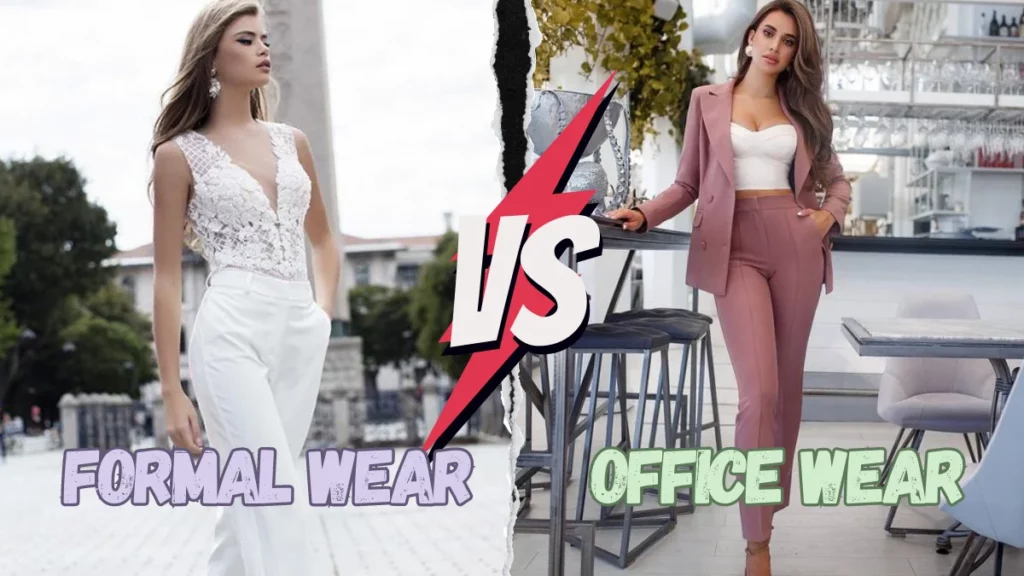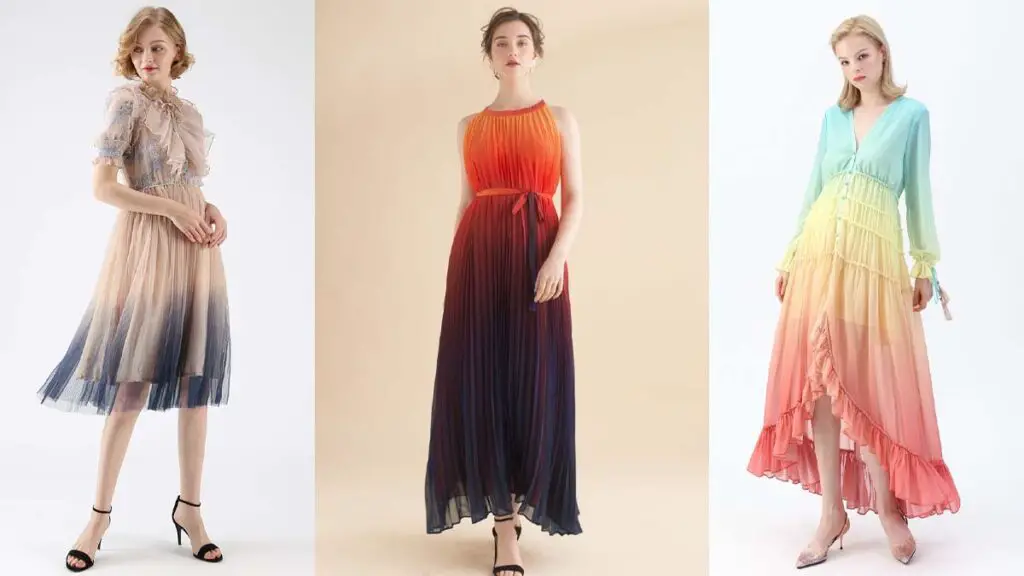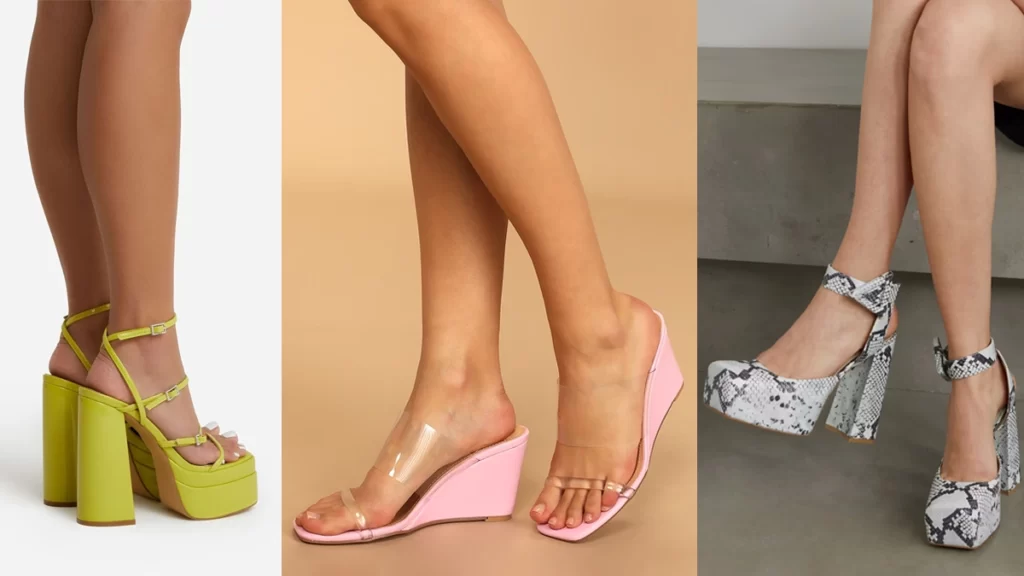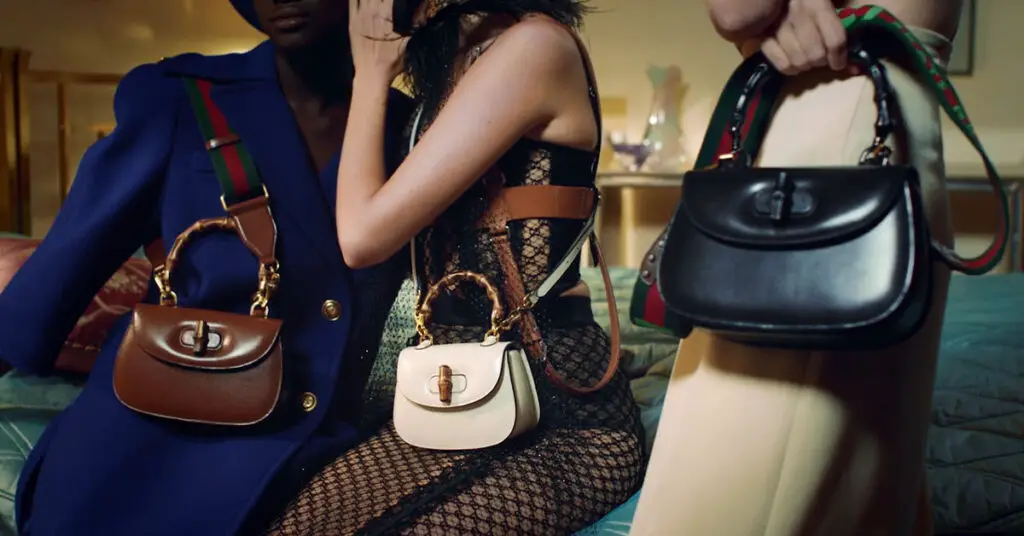Formal wear and office wear for women are often confused, but there are some key differences between the two. Formal wear is typically reserved for special occasions, such as weddings, galas, and job interviews. It is characterized by its sleek, sophisticated lines and high-quality materials. Office wear, on the other hand, is designed to be more versatile and comfortable. It should still be professional and polished, but it can also be more casual than formal wear.
Here is a table that summarizes the key differences between formal wear and office wear for women:
| Feature | Formal Wear | Office Wear |
|---|---|---|
| Occasion | Special occasions | Work |
| Style | Sleek, sophisticated, and tailored | Professional, polished, and versatile |
| Materials | High-quality fabrics such as silk, wool, and lace | More affordable fabrics such as cotton, linen, and polyester |
| Level of formality | Very formal | Less formal |
Formal wear and office wear for ladies can often overlap in many ways, especially in professions that require a high standard of dress. However, they are distinct in terms of purpose, expectations, and occasions on which they are worn. Here are the differences between formal wear and office wear for women:
Table of Contents
Purpose
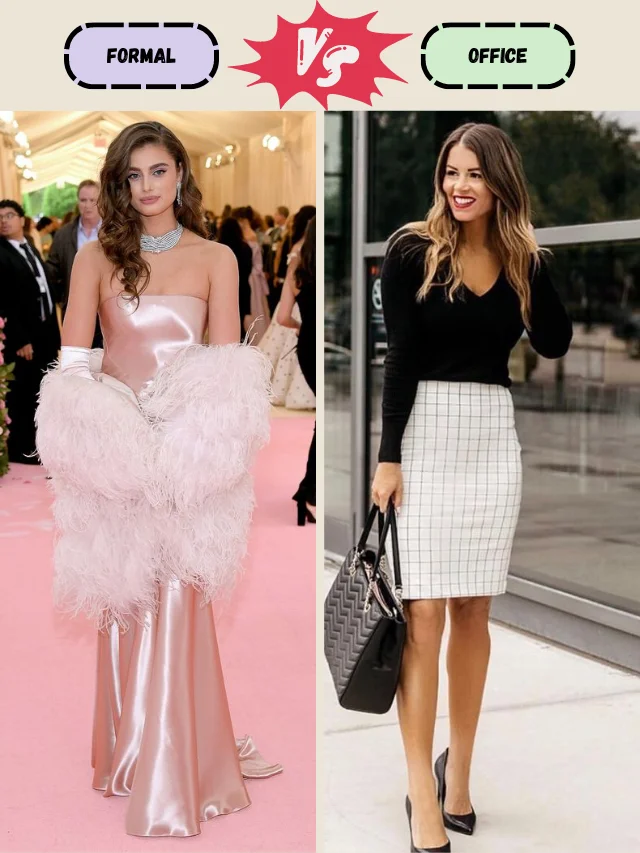
Formal Wear
Meant for special occasions such as weddings, gala dinners, award ceremonies, or other significant events where the dress code is explicitly formal.
Office Wear
This refers to daily wear meant for professional environments like corporate offices, meetings, and typical workdays.
Expectations
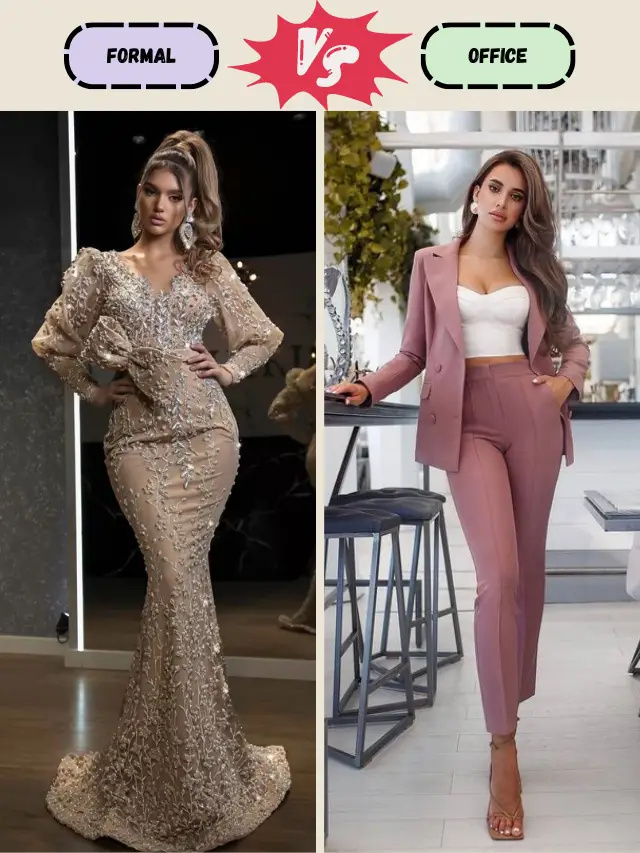
Formal Wear
Generally has a higher standard. Think elegant gowns, cocktail dresses, luxurious fabrics, high heels, detailed accessories, and meticulous hairstyles.
Office Wear
While still neat and professional, office wear tends to be more conservative and understated. It typically includes pantsuits, blouses, pencil skirts, modest dresses, low to medium heels, and minimal accessories.
Occasions
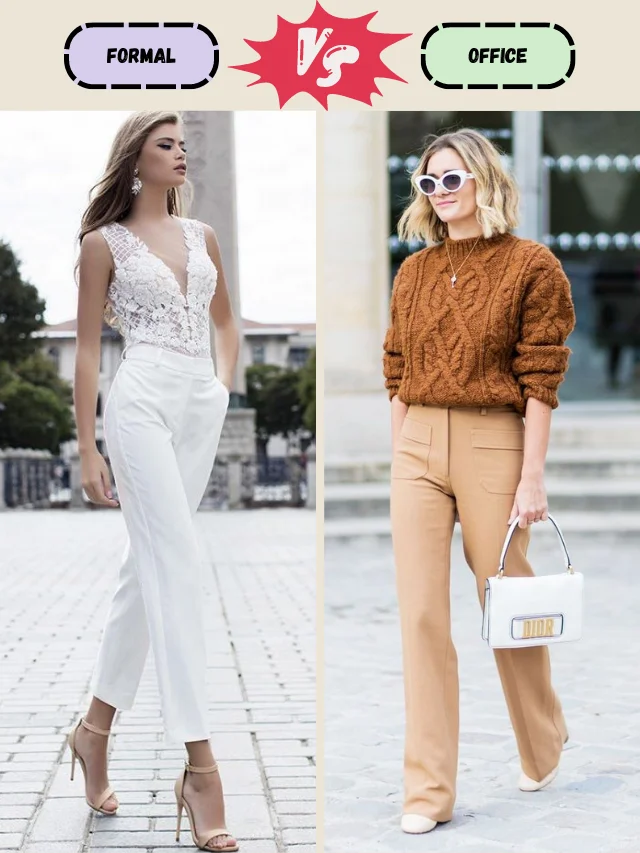
Formal Wear
Used for once-in-a-while events such as weddings, balls, high-profile receptions, etc. If you are Looking for inspiration to add a touch of Barbie’s iconic style to your formal wear, then check out Mastering the Barbiecore Trend in Formal Wear.
Office Wear
This is for everyday use in professional settings.
Range and Flexibility

Formal Wear
Usually has stricter standards in terms of length, cut, and style. For instance, a formal gown might have a specific required length or design.
Office Wear
While adhering to a professional look, office wear offers more flexibility in terms of colors, patterns, and styles. Depending on the company and its culture, there could be “casual Fridays” or even more relaxed dress codes in tech companies or startups.
Accessories
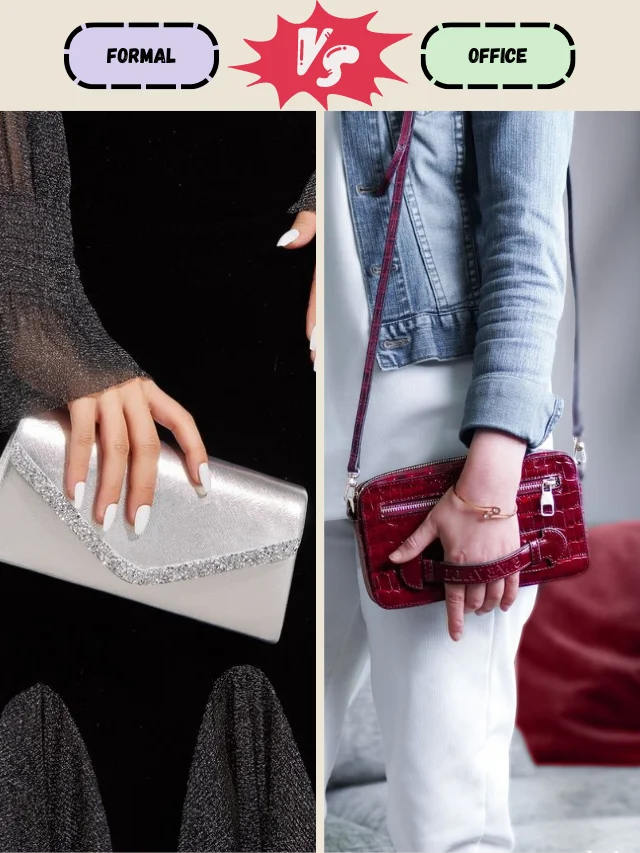
Formal Wear
Often paired with more elaborate jewelry, clutches, and stiletto heels.
Office Wear
Accessories are generally more muted, like stud earrings, simple necklaces, or practical handbags.
Fabrics
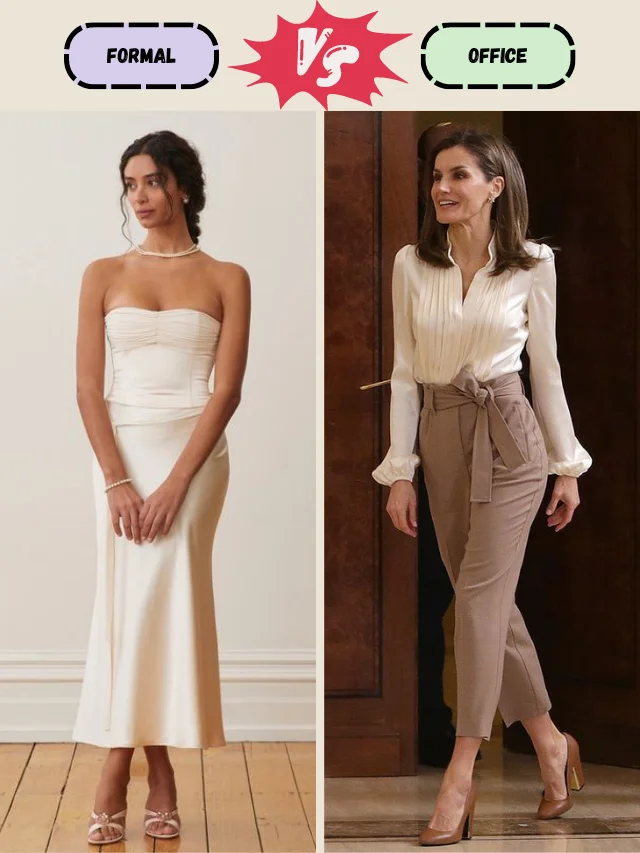
Formal Wear
Tends to feature more luxurious or delicate fabrics like silk, satin, lace, and tulle.
Office Wear
Made of more durable, everyday materials such as cotton, polyester, or wool.
Price Range
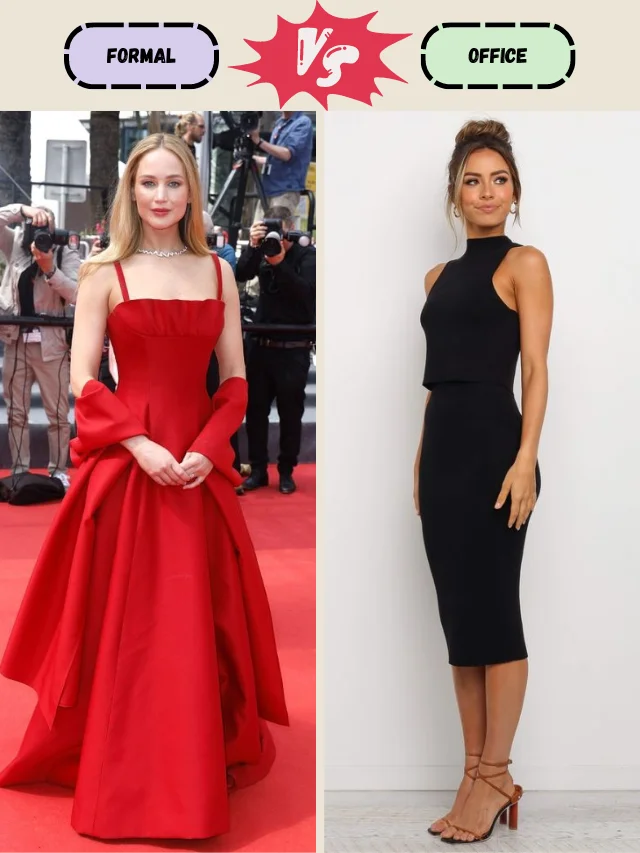
Formal Wear
Depending on the brand and occasion, formal wear can be more expensive due to the intricacy of the design and the quality of the fabrics used.
Office Wear
Ranges from affordable to high-end, depending on brand and quality.
Conclusion
In modern times, the boundaries between formal wear and office wear can blur, especially in fields like fashion or the arts, or in more relaxed corporate cultures. Ultimately, the best way to choose suitable formal wear or office wear for women is to consider the occasion, the level of formality, and your personal style. It’s always best to understand the specific expectations of a given environment or event before making clothing choices.
FAQ’s
What are the primary occasions for wearing formal wear for women?
Formal wear for women is meant for special occasions such as weddings, gala dinners, award ceremonies, job interviews, and other significant events where the dress code is explicitly formal.
How does the style of formal wear differ from office wear for women?
Formal wear is characterized by sleek, sophisticated, and tailored styles, often using high-quality fabrics. In contrast, office wear is professional, polished, and versatile, designed for comfort and daily professional environments.
What are the typical materials used for formal wear and office wear?
Formal wear often uses high-quality fabrics such as silk, wool, lace, satin, and tulle. Office wear, on the other hand, is made of more durable, everyday materials like cotton, linen, polyester, and wool.
How do the accessories differ between formal wear and office wear?
For formal events, accessories are often more elaborate, including sparkling jewelry, clutches, and stiletto heels. In contrast, office wear accessories are more muted and practical, such as stud earrings, simple necklaces, and practical handbags.
How does the price range vary between formal wear and office wear for women?
Formal wear can be more expensive due to the intricacy of the design and the quality of the fabrics used, depending on the brand and occasion. Office wear ranges from affordable to high-end, based on brand and quality.
